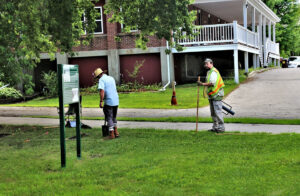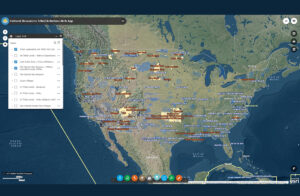CEMML researchers have expertise in supporting management of protected and listed species and ensuring compliance with federal and state laws and regulations.
Threatened and Endangered Species Services
- Planning and management support for species under various federal and state designations, including:
- Federal Threatened and Endangered species (Endangered Species Act)
- State Threatened and Endangered species
- State Species of Concern
- Species of Greatest Conservation Need
- U.S. Fish and Wildlife Birds of Conservation Concern
- U.S. Forest Service Sensitive Species
- Bureau of Land Management Sensitive Species
- Population-level assessments of climate change vulnerability
- Ecosystem-based, adaptive management approach for building climate adaptation strategies to protect threatened and endangered species.
- Section 7 consultation support and preparation of associated documents such as biological assessments.
Email Threatened and Endangered Species Services inquiries to cemml@colostate.edu.
Other CEMML Natural Resources Management Services
Latest CEMML Stories

CEMML archaeological survey explores early 20th century history of Fort McCoy
An archaeological survey conducted by CEMML personnel in the summer of 2022 was initially meant to investigate the creation of several hundred concrete tent pads at Fort McCoy, Wisconsin. Research into the tent pads, dating from around the early 20th century, also unearthed additional information about other possible known archaeological features and sites around what is referred to as “Old Camp McCoy.”

Canine detectives help locate long-forgotten burials at a Virginia military base
Mulberry Island, Virginia, the location of Joint Base Langley-Eustis, has a long history of human habitation, dating back 10,000 years. The area has more than 230 archaeological sites, including cemeteries with unmarked graves. CEMML, in partnership with the Fort Eustis Cultural Resources Program, is using human remains detection dogs to help identify unmarked burial sites to better understand, honor, and preserve the area’s rich history.

CEMML partnership helps ensure Native American voices are heard in military planning
Much of the roughly 26 million acres that the Department of Defense oversees nationwide was once occupied by Native American tribes. Military installations are legally required to consult with interested tribes when carrying out projects that affect natural and cultural resources. A tool developed by CEMML and the Air Force Civil Engineer Center helps determine which tribes may have an interest in an installation’s land or airspace.
Share this page on social media